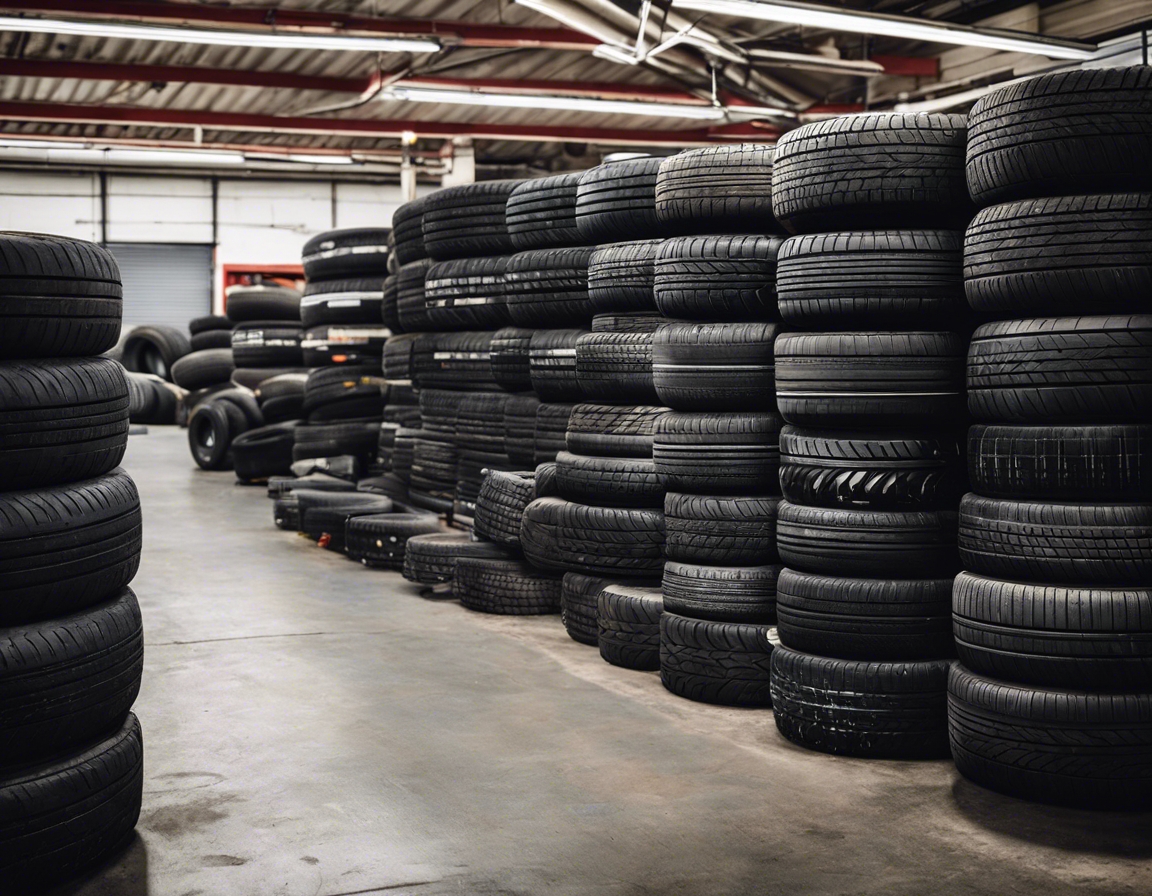The importance of regular wheel alignment
Wheel alignment, also known as tire alignment, is a standard part of vehicle maintenance that involves adjusting the angles of the wheels to the car manufacturer's specifications. The purpose is to ensure that the tires make optimal contact with the road and the vehicle travels straight without pulling to one side.
Common signs that your vehicle may need a wheel alignment include uneven tire wear, the vehicle pulling to one side, a crooked steering wheel when driving straight, and a decrease in fuel efficiency.
Benefits of Regular Wheel Alignment
Properly aligned wheels can significantly extend the life of your tires by preventing uneven wear. This means you won't have to replace your tires as often, saving you money in the long run.
Aligned wheels reduce rolling resistance, which means your car doesn't have to work as hard to move forward, leading to better fuel efficiency.
A car with misaligned wheels can be unpredictable on the road, which can lead to dangerous driving conditions. Regular wheel alignment helps ensure your vehicle handles correctly and is safe to drive.
When your car's wheels are aligned, it will handle better, making for a smoother and more comfortable ride.
Misalignment can cause excessive wear on various car components, including the suspension and steering systems. Regular alignment checks can prevent this wear and extend the life of these parts.
How Often Should You Get a Wheel Alignment?
Most manufacturers recommend getting a wheel alignment every two to three years. However, this can vary based on the vehicle and driving habits.
It's also wise to get an alignment after events such as hitting a pothole, curb, or after an accident, as these can cause your wheels to become misaligned.
What Happens During a Wheel Alignment?
Before adjusting the wheel angles, a technician will inspect the vehicle's suspension and steering systems to ensure there are no damaged components.
The three primary wheel angles adjusted during an alignment are camber, caster, and toe. Each of these needs to be set within specific tolerances for optimal performance and safety.
After the adjustments, a test drive is usually conducted to check the vehicle's handling. Any necessary fine-tuning is done based on the test drive results.
Maintaining Proper Alignment
Your driving habits and the conditions of the roads you travel on can affect your wheel alignment. Avoiding potholes and rough roads can help maintain alignment.
Regular checks and maintenance are crucial for keeping your wheel alignment in check. This includes checking tire pressure and wear patterns, which can indicate alignment issues.






Comments (0)